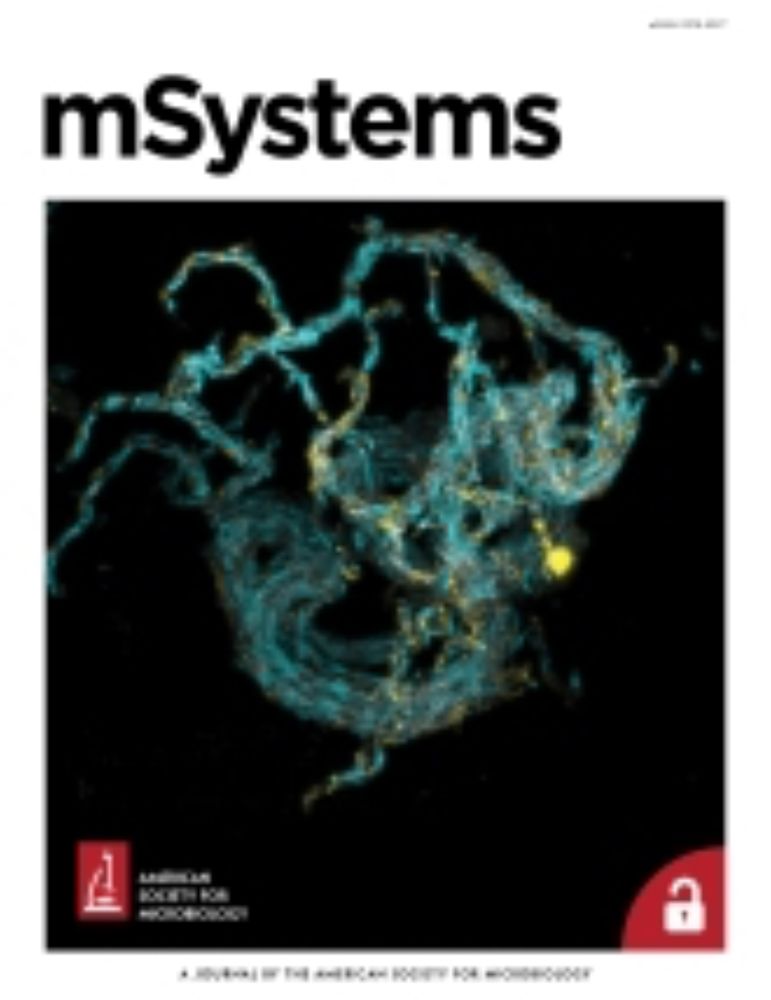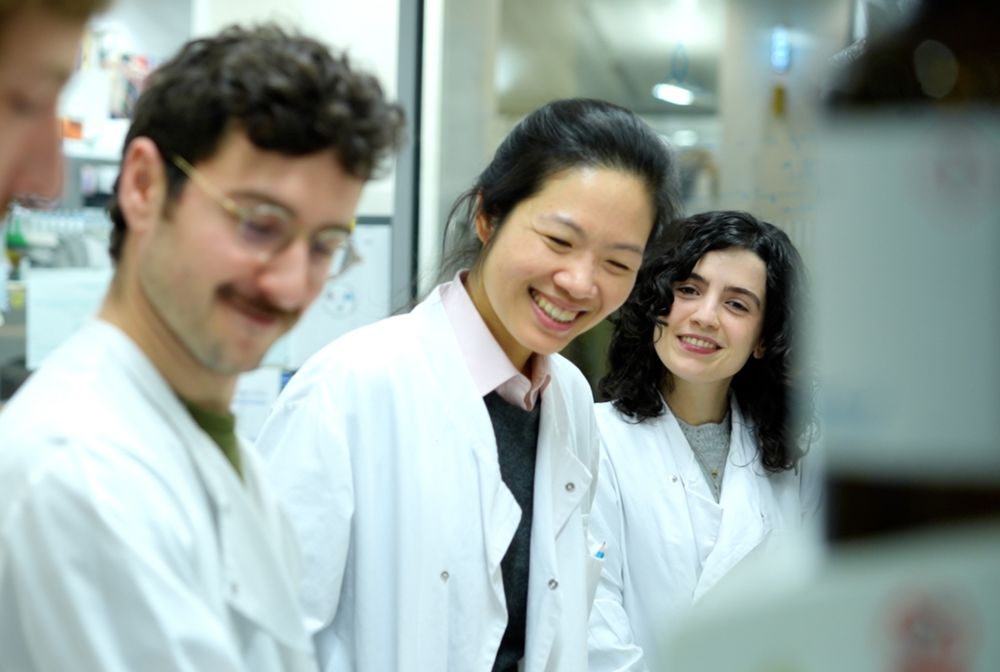



Here, with @asimovpress.bsky.social, I write about inconsistencies in the canonical story, and explore a few alternative theories about what really happened in that St. Mary's lab in the summer of 1928.

Here, with @asimovpress.bsky.social, I write about inconsistencies in the canonical story, and explore a few alternative theories about what really happened in that St. Mary's lab in the summer of 1928.
in #mSystems from Margaret McFall-Ngai
journals.asm.org/doi/10.1128/...

in #mSystems from Margaret McFall-Ngai
journals.asm.org/doi/10.1128/...


We're excited for users who might train new models, find phenotype/genotype mismatches, or any other use
EMBL-EBI’s new AMR portal brings together laboratory resistance data and bacterial genomes in one open platform.
#WAAW2025 #ActOnAMR
www.ebi.ac.uk/about/news/t...
🧬💻

We're excited for users who might train new models, find phenotype/genotype mismatches, or any other use
albany.interviewexchange.com/jobofferdeta...
#infectiousdisease #artificialintelligence
albany.interviewexchange.com/jobofferdeta...
#infectiousdisease #artificialintelligence
www.biorxiv.org/content/10.1...

www.biorxiv.org/content/10.1...

- Lab set-up, research costs, salaries for up to 5 researchers
- Support for up to 12 years
- Access to our core facilities
- Competitive salary
- Fantastic colleagues
- All areas of biology
Deadline 27 Nov
www.crick.ac.uk/careers-stud...

- Lab set-up, research costs, salaries for up to 5 researchers
- Support for up to 12 years
- Access to our core facilities
- Competitive salary
- Fantastic colleagues
- All areas of biology
Deadline 27 Nov
www.crick.ac.uk/careers-stud...
Here is a blog that explains my motivation for this and how to schedule a meeting:
merenlab.org/2025/11/16/E...

Here is a blog that explains my motivation for this and how to schedule a meeting:
merenlab.org/2025/11/16/E...
Is it sponges (panels A & B) or comb jellies (C & D) that root the animal tree of life?
For over 15 years, #phylogenomic studies have been divided.
We provide new evidence suggesting that...
🔗: www.science.org/doi/10.1126/...

Is it sponges (panels A & B) or comb jellies (C & D) that root the animal tree of life?
For over 15 years, #phylogenomic studies have been divided.
We provide new evidence suggesting that...
🔗: www.science.org/doi/10.1126/...
www.nature.com/articles/s41...
Entotheonella are insanely biosynthetically rich bacteria, but few genomes were available.
Working with far-flung collaborators, we obtained genomes for 14 candidate species from 8 sponges.

www.nature.com/articles/s41...
Entotheonella are insanely biosynthetically rich bacteria, but few genomes were available.
Working with far-flung collaborators, we obtained genomes for 14 candidate species from 8 sponges.
💔😿

💔😿
I met Jim Watson a few times but did not know him well. However, I was greatly influenced by his book “The Double Helix”. He was a complicated human being with some very, very bad features, but some good contributions.
What follows is my personal perspective.
1/41

I met Jim Watson a few times but did not know him well. However, I was greatly influenced by his book “The Double Helix”. He was a complicated human being with some very, very bad features, but some good contributions.
What follows is my personal perspective.
1/41


tinyurl.com/ch3damp
We show how molecular byproducts released during virus-induced cell exploitation are used as signals to trigger host immunity
Revealed by the amazing Ilya Osterman. See his thread below👇

tinyurl.com/ch3damp
We show how molecular byproducts released during virus-induced cell exploitation are used as signals to trigger host immunity
Revealed by the amazing Ilya Osterman. See his thread below👇
With the Bermuda Atlantic Time-Series (BATS), we dove deep — every 4 to 12 hours — to see how viral populations swing through day and night.
With the Bermuda Atlantic Time-Series (BATS), we dove deep — every 4 to 12 hours — to see how viral populations swing through day and night.
IMES (Institute for Medical Engineering and Science) is the MIT home of the famous HST program. As faculty are also appointed in a department at MIT, we have diverse research programs, all focused on human health.
faculty-searches.mit.edu/imes-search/
IMES (Institute for Medical Engineering and Science) is the MIT home of the famous HST program. As faculty are also appointed in a department at MIT, we have diverse research programs, all focused on human health.
faculty-searches.mit.edu/imes-search/
Learn more: www.mbari.org/news/new-mba...

Learn more: www.mbari.org/news/new-mba...



